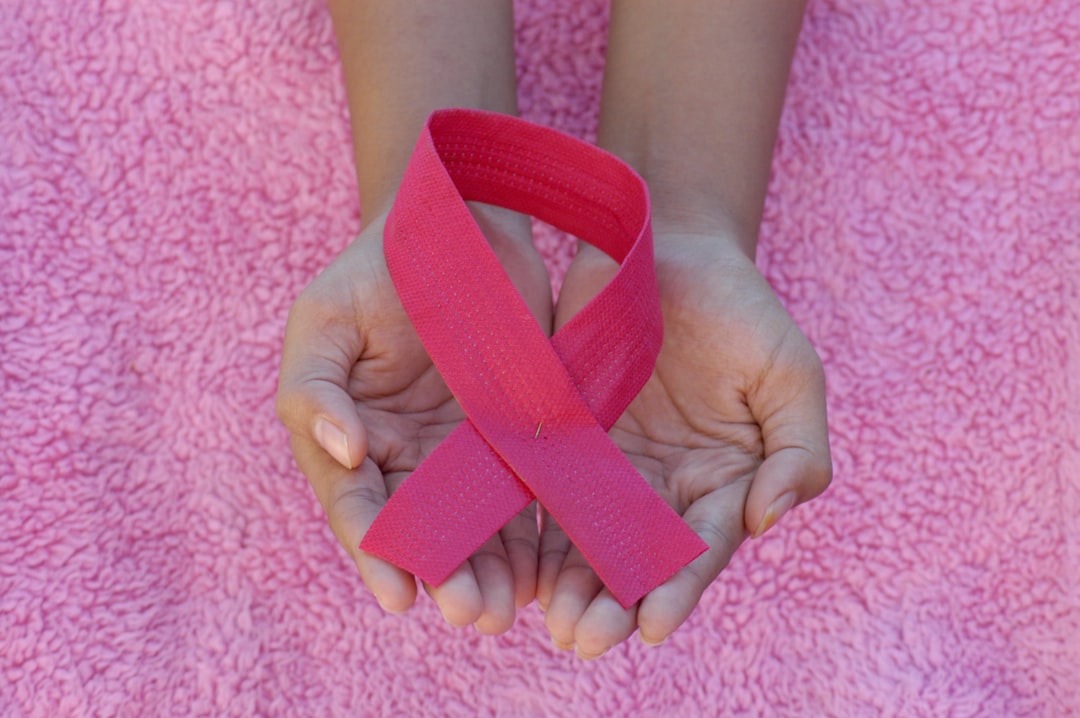What is it about?
In this paper, the N-doped titania was produced through a simple sol–gel method at room temperature. The N-doped TiO2 was characterized using thermogravimetric and differential scanning calometry analysis (TG-DSC), x-ray diffraction (XRD), scanning electron microscope (SEM), transmission electron microscopy (TEM), energy dispersive x-ray spectroscopy (EDX) and UV–Vis diffuse reflectance spectrophotometry. The prepared N-doped TiO2 was deposited inside a quartz tube and the latter was then installed in an air cleaner. The air cleaner was evaluated inside an environmental chamber by oxydation of acetone which was selected as a model VOC molecule and by bacterial degradation.
Featured Image
Why is it important?
Recently, the problem of air pollution caused by inorganic and volatile organic compounds (VOC), bacteria in hospitals, public buildings has become urgent, so the indoor air quality has received immense attention. According to WHO, air pollution has caused approximately 3.3 million deaths a year worldwide. There are many traditional methods for air pollution treatment such as adsorption, separation or using chemical disinfectants, but they all have the same weakness: pollutants just move from one place to another one without being thoroughly resolved or by-products toxic for human health are created. Lately, the photocatalytic pollution treatment method using nano-TiO2 material has been discovered and is considered as a breakthrough solution.
Perspectives
This result is higher than that of the commercial nano-TiO2 (Skyspring Inc., USA). Therefore, this air cleaner can be used in the home or office (volume up to 40 m3 ) to purify indoor air.
Evgeny Kabachkov
Institute of the Problems of Chemical Physics Russian Academy of Sciences
Read the Original
This page is a summary of: Photocatalytic equipment with nitrogen-doped titanium dioxide for air cleaning and disinfecting, Advances in Natural Sciences Nanoscience and Nanotechnology, February 2014, Institute of Physics Publishing,
DOI: 10.1088/2043-6262/5/1/015017.
You can read the full text:
Resources
Photocatalytic equipment with nitrogen-doped titanium dioxide for air cleaning and disinfecting
Nitrogen-doped TiO2 nanoparticle photocatalysts were synthesized by a sol–gel procedure using tetra-n-butyl orthotitanate as a titanium precursor and urea as a nitrogen source. Systematic studies for the preparation parameters and their impact on the material’s structure were carried out by multiple techniques: thermogravimetric and differential scanning calorimetric analysis, x-ray diffraction, scanning electron microscope, transmission electron microscopy, energy dispersive x-ray spectroscopy and UV–Vis diffuse reflectance spectrophotometry showed that the nitrogen-doped TiO2 calcined at 500 ◦C for 3 h exhibited a spherical form with a particle size about 15–20 nm and crystal phase presented a mixture of 89.12% anatase. The obtained product was deposited on a porous quartz tube (D = 74 mm; l = 418 mm) to manufacture an air photocatalytic cleaner as a prototype of the TIOKRAFT company’s equipment. The created air cleaner was able to remove 60% of 10 ppm acetone within 390 min and degrade 98.5% of bacteria (total aerobic bacteria and fungi, 300 cfu m−3 ) within 120 min in a 10 m3 box. These photodegradation activities of N-TiO2 are higher than that of the commercial nano-TiO2 (Skyspring Inc., USA, particle size of 5–10 nm).
photocatalytic element.jpg
quartz tube fabricated by the TIOKRAFT company (Russia, Chernogolovka) (D=74 mm, l=418 and 280 mm)
Contributors
The following have contributed to this page










